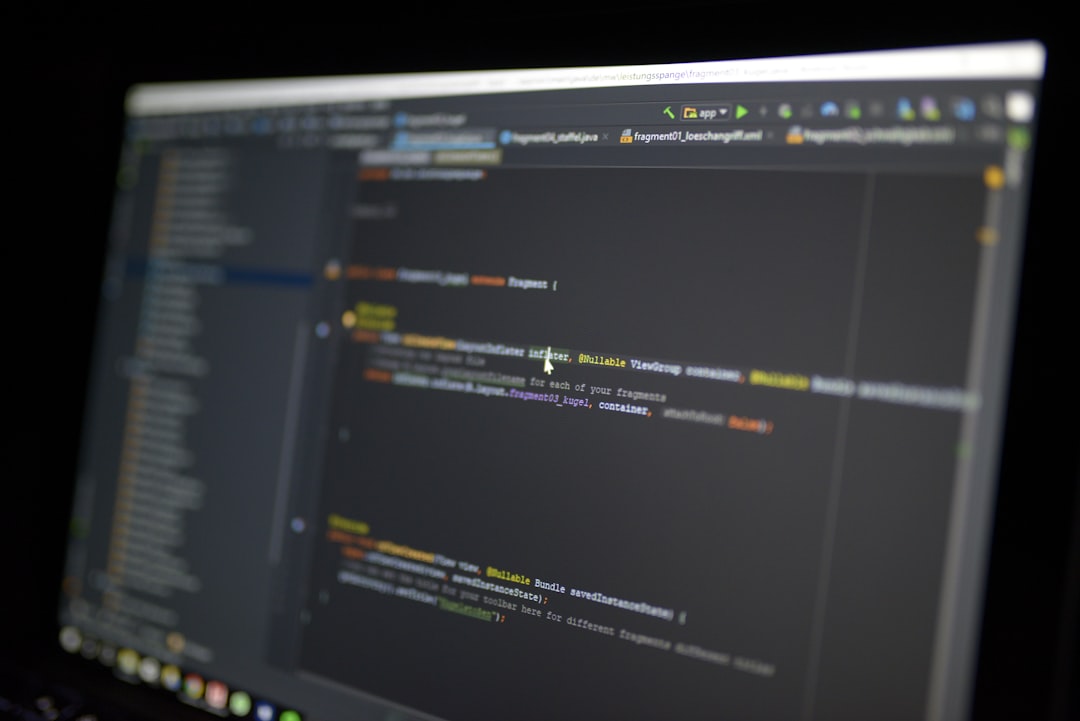When it comes to managing digital content—be it for a website, a mobile app, or any digital interface—the choice of a Content Management System (CMS) is critical. In recent years, the evolution of CMS platforms has led to a fork in the road: traditional CMS versus headless CMS. Both have their place in the toolkit of developers, marketers, and content creators, but choosing between them can be a daunting task. This article walks you through the nature of each system, their pros and cons, and helps you make an informed decision that aligns with your business needs.
What is a Traditional CMS?
Table of Contents
A traditional CMS, often referred to as a monolithic CMS, integrates the front end (what users see) and the back end (where content is created and stored) into one unified platform. Popular examples include WordPress, Joomla, and Drupal.
In a traditional CMS, content is created, managed, and displayed in one environment. You typically log into an admin panel, input your content, apply some formatting, and publish it directly to the web page.
Advantages of Traditional CMS
- User-Friendly Interfaces: Built-in WYSIWYG editors make it simple for non-technical users to create and manage content.
- All-in-One Solution: Everything from content creation to presentation is handled within the same system.
- Quick Setup: For smaller projects or blogs, setup and deployment are relatively straightforward.
- Wide Plugin Ecosystem: Platforms like WordPress offer thousands of plugins to extend functionality.
Disadvantages of Traditional CMS
- Limited Flexibility: Developers are restricted to the templating engines and front-end frameworks that are compatible with the CMS.
- Scalability Issues: As traffic or complexity increases, maintaining performance can become challenging.
- Harder Multi-Channel Delivery: Delivering content beyond websites, such as to mobile apps or IoT devices, often requires workarounds or custom development.
What is a Headless CMS?
A headless CMS decouples the front end from the back end. In this model, content is managed in the back end and delivered via APIs to any front-end environment—be it a website, mobile app, smartwatch, AR/VR interface, or another digital medium.
Popular headless CMS options include Contentful, Strapi, Sanity, and Prismic. What sets them apart is their focus on content as a service, allowing developers to build the front end using whatever frameworks and technologies they prefer.
Advantages of Headless CMS
- Omnichannel Delivery: APIs allow content to be served to multiple platforms from a single source.
- Developer Flexibility: Front ends can be built with any language or framework such as React, Vue, or Angular.
- Performance Optimization: Sites can be faster and more responsive due to modern front-end builds and static site generation.
- Scalable Architecture: With microservices and API-first design, scaling is more efficient and manageable.
Disadvantages of Headless CMS
- Higher Technical Barriers: Requires developer resources to build and maintain the presentation layer.
- No Visual Editor: Often lacks WYSIWYG features out of the box, requiring integration of external tools.
- More Complex Setup: Involves configuring APIs, front-end frameworks, and content modeling before you can even see a webpage.
Comparing Use Cases
Clearly, both systems have their strengths. But how do you decide which one is right for your project or organization? Here are some typical use cases to help guide your choice:
Choose a Traditional CMS if:
- You need to launch a simple blog, brochure site, or small business website quickly and affordably.
- Your team includes non-developers who need to manage and publish content regularly.
- The primary interface for your users is a website, and you don’t require content delivery on mobile apps or IoT platforms.
Choose a Headless CMS if:
- You are building a complex web application or a digital ecosystem involving multiple touchpoints—like mobile apps, kiosks, or smart devices.
- Your organization follows a microservices architecture and requires API-driven solutions.
- You have a development team equipped to manage the front-end architecture and API integrations.

Cost Implications
Cost can be another significant factor in your CMS decision. While traditional CMS platforms like WordPress offer numerous free themes and plugins, the real expense comes with scaling, maintenance, and security enhancements. That said, for small projects, traditional CMS often wins in affordability.
Headless CMS solutions are typically priced based on API calls, number of users, and features. Open-source options like Strapi reduce licensing costs but still require developer investment for setup and customization. If your project demands flexibility and future scalability across platforms, these costs may be justified.
Security Considerations
Security remains a top concern for any online platform. Traditional CMS platforms, especially popular ones like WordPress, are frequent targets for hackers due to known vulnerabilities in plugins and themes. Regular maintenance, updates, and managed hosting can mitigate some of these risks.
With a headless CMS, the decoupled architecture reduces the attack surface. The content repository is separate from user-facing interfaces, making it harder for attackers to gain unauthorized access. Also, developers can better control and secure how data is fetched and displayed.
The Future of CMS: Trends and Predictions
The world is rapidly embracing headless and hybrid CMS architecture. Given the growing demand for personalized digital experiences across devices, the API-first approach is becoming the new norm. Additionally, technologies like Jamstack (JavaScript, APIs, and Markup) are reinforcing the headless model as the future of web development.

At the same time, traditional CMS platforms are also evolving. For instance, WordPress is experimenting with REST APIs and the Gutenberg block editor to become more flexible and component-driven. Essentially, we are witnessing a convergence where traditional CMSs adopt headless features and headless platforms integrate marketer-friendly tools.
So, Should You Go Headless or Traditional?
There’s no one-size-fits-all answer. Ultimately, the right CMS for your project depends on:
- Your team’s technical capabilities
- The scope and scale of your content delivery needs
- Your budget
- Desired user experience and performance levels
If you’re launching a marketing website and need to get up and running quickly, a traditional CMS is likely your best bet. But if you’re developing an omni-platform experience with a long-term vision, the headless approach offers the flexibility and scalability you’ll need to thrive digitally.
Conclusion
Choosing between a headless and traditional CMS isn’t about which is better overall—it’s about which is better for you. Evaluate your needs, assess your resources, and consider the long-term implications of the platform you choose. Whether you’re unlocking the full potential of content with APIs or benefiting from the simplicity of an all-in-one solution, the key is to make an informed choice that aligns with your strategic goals.
Make the call wisely. Your content—and your users—are counting on it.

